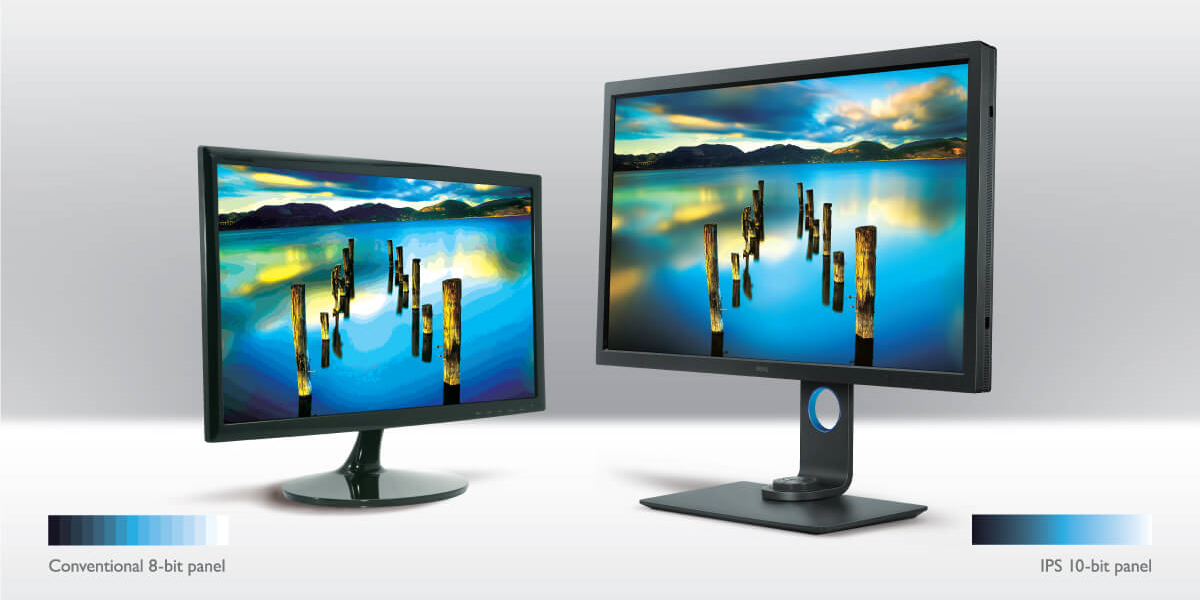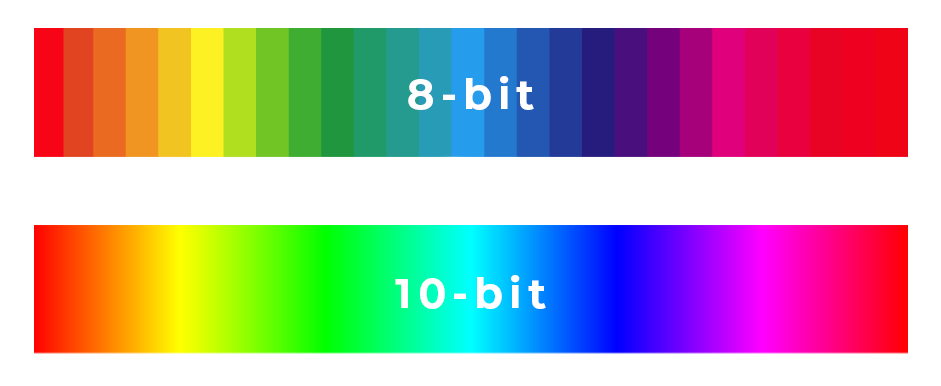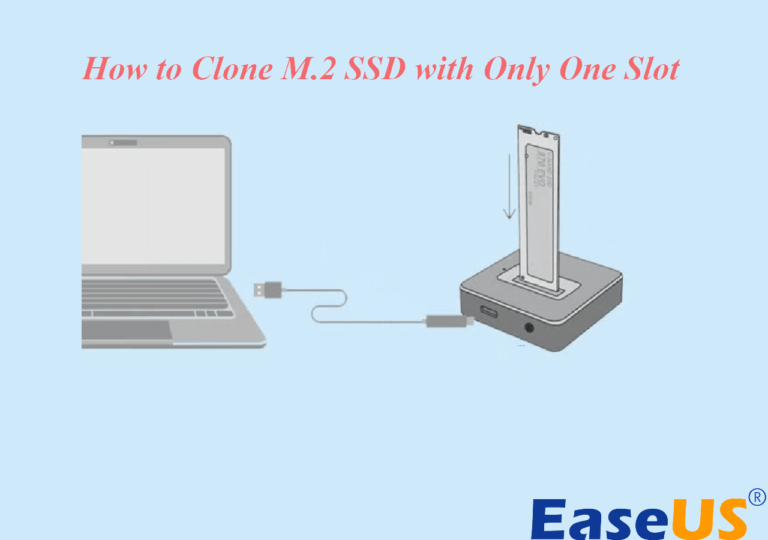8 Bit Vs 10 Bit Monitor: Which One is Best for You?

8-bit monitors display 16.7 million colors, while 10-bit monitors show over 1 billion colors. A 10-bit monitor offers richer gradients and smoother color transitions.
Monitors are essential tools for various tasks, from casual browsing to professional photo editing. The color depth of a monitor significantly impacts the visual experience. An 8-bit monitor can display 16. 7 million colors, which is often sufficient for everyday use.
On the other hand, a 10-bit monitor can render over 1 billion colors, making it ideal for professionals who require precise color accuracy. This higher color depth allows for more detailed and nuanced images, enhancing the overall viewing experience. Understanding these differences helps in choosing the right monitor for your needs.
Bit Depth Basics

Credit: https://www.rtings.com/monitor/tests/picture-quality/gradients
Understanding bit depth is key in choosing the right monitor. Bit depth affects color quality and range. Let’s break down what bit depth means and how 8-bit and 10-bit monitors differ.
What Is Bit Depth?
Bit depth refers to the number of bits used to represent color. Higher bit depth means more colors. Monitors with higher bit depth display richer colors.
For example:
- 8-bit monitors can display 256 shades of each primary color.
- 10-bit monitors can display 1024 shades of each primary color.
This means an 8-bit monitor can show 16.7 million colors. A 10-bit monitor can show over a billion colors.
Difference Between 8 Bit And 10 Bit
The difference between 8-bit and 10-bit monitors is significant. Here are the key differences:
| Feature | 8-Bit Monitor | 10-Bit Monitor |
|---|---|---|
| Shades per primary color | 256 | 1024 |
| Total colors | 16.7 million | Over 1 billion |
| Color accuracy | Good | Excellent |
| Banding issues | More likely | Less likely |
An 8-bit monitor is enough for general use. You see most colors clearly. But for professional photo and video editing, a 10-bit monitor is better. It shows more color details and reduces banding.
Choose a monitor based on your needs. If you work with colors a lot, go for a 10-bit monitor.
Color Representation
Color representation is crucial for monitors. It determines how accurately colors are displayed. This is especially important for professionals in graphic design, video editing, and photography. Let’s dive into the differences between 8-bit and 10-bit monitors.
Color Range In 8 Bit Monitors
8-bit monitors can display 16.7 million colors. This is achieved by using 256 shades per color channel (Red, Green, Blue). These monitors are common and suitable for general use.
Here’s a breakdown:
| Color Channel | Shades |
|---|---|
| Red | 256 |
| Green | 256 |
| Blue | 256 |
These monitors are great for everyday tasks like browsing and streaming videos.
Enhanced Colors In 10 Bit Monitors
10-bit monitors offer a significant improvement in color representation. They can display 1.07 billion colors. This is possible with 1024 shades per color channel.
Here’s a breakdown:
| Color Channel | Shades |
|---|---|
| Red | 1024 |
| Green | 1024 |
| Blue | 1024 |
This allows for smoother gradients and more accurate colors. These monitors are ideal for professionals who need precise color accuracy.
Here are some benefits of 10-bit monitors:
- Better color accuracy
- Smoother gradients
- Enhanced viewing experience
These monitors are perfect for photo editing, video production, and graphic design.
Performance And Visual Quality
Choosing between an 8-bit and a 10-bit monitor can impact your viewing experience. The performance and visual quality of these monitors differ significantly. This section explores these differences and their effect on image quality.
Visual Differences
The main difference lies in color depth. An 8-bit monitor can display 16.7 million colors. A 10-bit monitor can show over 1 billion colors. This means a 10-bit monitor offers richer and more accurate colors.
8-bit monitors might show color banding in gradients. 10-bit monitors produce smoother transitions in color gradients. This results in a more lifelike image.
Impact On Image Quality
10-bit monitors excel in delivering high-quality images. They provide better color accuracy and smoother gradients. This is crucial for tasks like photo editing and video production.
In contrast, 8-bit monitors may struggle with detailed color work. The limited color range can lead to less precise image representation.
| Aspect | 8-bit Monitor | 10-bit Monitor |
|---|---|---|
| Color Range | 16.7 million | Over 1 billion |
| Color Banding | More likely | Less likely |
| Image Quality | Good | Excellent |
In summary, 10-bit monitors offer superior performance and visual quality. They are ideal for professionals and enthusiasts alike.

Credit: www.bouncecolor.com
Use Cases
Understanding the use cases for 8-bit and 10-bit monitors can help you make an informed decision. Whether you need a monitor for everyday tasks or professional work, knowing which suits your needs is crucial.
8 Bit Monitors For Everyday Use
8-bit monitors are perfect for general activities like browsing, emailing, and streaming. They display 16.7 million colors, which is adequate for most tasks. These monitors are typically more affordable and consume less power.
- Browsing the Web: 8-bit monitors display websites clearly.
- Office Tasks: Ideal for word processing and spreadsheets.
- Streaming Videos: Good for watching movies and TV shows.
For everyday users, an 8-bit monitor provides a balance of quality and cost.
10 Bit Monitors For Professionals
10-bit monitors are designed for professionals who need high color accuracy. They display over 1 billion colors, offering smoother gradients and richer visuals. These monitors are essential for tasks that require precise color representation.
- Graphic Design: Accurate colors are crucial for design projects.
- Video Editing: Smooth gradients enhance video quality.
- Photography: True-to-life colors help in photo editing.
Professionals benefit from the enhanced color depth of 10-bit monitors. They are ideal for creative work where color precision is key.
Gaming Experience
The gaming experience depends heavily on the type of monitor used. Both 8 bit and 10 bit monitors have their own unique advantages. Understanding these differences can enhance your gameplay significantly.
8 Bit Monitors In Gaming
8 bit monitors are common among gamers. They display 16.7 million colors. This is usually enough for most games. The colors are vibrant and the visuals are sharp.
These monitors are also more affordable. This makes them a popular choice. They offer good performance for the price. For casual gamers, an 8 bit monitor is often enough.
Here’s a simple table comparing key features:
| Feature | 8 Bit Monitor |
|---|---|
| Color Depth | 16.7 million colors |
| Price | More affordable |
| Performance | Good for casual gaming |
10 Bit Monitors For Gamers
10 bit monitors offer a richer gaming experience. They display over 1 billion colors. This creates more detailed and realistic visuals.
These monitors are perfect for high-end gaming. They provide better color accuracy and smoother gradients. This makes the gameplay more immersive.
Although they are more expensive, they are worth the investment. Here’s a comparison table:
| Feature | 10 Bit Monitor |
|---|---|
| Color Depth | Over 1 billion colors |
| Price | More expensive |
| Performance | Excellent for high-end gaming |
Both 8 bit and 10 bit monitors have their own strengths. Your choice depends on your gaming needs and budget.

Credit: www.youtube.com
Cost Considerations
Choosing between an 8-bit and a 10-bit monitor can be a challenge. One major factor to consider is the cost. Understanding the price differences and value for money can help make the best decision.
Price Differences
The cost difference between 8-bit and 10-bit monitors is significant. An 8-bit monitor usually costs less. It is the budget-friendly option for many users.
On the other hand, a 10-bit monitor is more expensive. It offers better color accuracy and a higher dynamic range. This makes it a better choice for professionals who need precise color representation.
Here is a simple comparison:
| Monitor Type | Price Range |
|---|---|
| 8-bit | $100 – $300 |
| 10-bit | $400 – $1000 |
Value For Money
When considering value for money, think about the monitor’s purpose. An 8-bit monitor is great for casual users. It is perfect for tasks like browsing, watching videos, or basic photo editing.
A 10-bit monitor is worth the investment for professionals. It is ideal for graphic designers, video editors, and photographers. The extra cost is justified by its superior color depth and precision.
- Casual Users: 8-bit monitor offers good value.
- Professionals: 10-bit monitor offers better value.
Consider your needs before making a purchase. The right monitor offers the best value for your money.
Future-proofing
Future-proofing is crucial for staying ahead in technology. Choosing between an 8-bit and a 10-bit monitor can impact your future needs. Let’s explore how each option fares in terms of longevity and advantages.
Longevity Of 8 Bit Monitors
8-bit monitors have been around for a long time. They display 16.7 million colors, which is enough for most tasks. They are widely available and affordable. However, as technology advances, 8-bit monitors may struggle to keep up. They may not support the latest HDR content.
Despite this, 8-bit monitors are still useful for basic computing. They are suitable for office work, web browsing, and standard video playback. For those on a budget, they remain a viable option. But for future-proofing, they may fall short.
Advantages Of Investing In 10 Bit
10-bit monitors can display over 1 billion colors. This makes them ideal for graphic design, video editing, and gaming. They offer richer, more vibrant colors and better gradients. This results in a more immersive viewing experience.
10-bit monitors also support HDR content. This is becoming more common in movies and games. Investing in a 10-bit monitor ensures you are ready for future content. They may be more expensive, but the benefits are clear.
| Feature | 8 Bit Monitor | 10 Bit Monitor |
|---|---|---|
| Color Depth | 16.7 million colors | Over 1 billion colors |
| HDR Support | Limited | Full |
| Price | Affordable | Higher |
| Best For | Basic tasks | Professional use |

Credit: www.youtube.com
Frequently Asked Questions
Is 10 Bit Display Better Than 8-bit?
Yes, a 10-bit display is better than an 8-bit display. It offers more colors and smoother gradients. This results in improved image quality and visual experience.
Is 8-bit Good For A Monitor?
Yes, an 8-bit monitor provides good color depth for most users. It supports 16. 7 million colors, ideal for everyday use.
Should I Record In 10 Bit Or 8-bit?
Record in 10-bit for higher color depth and better post-production flexibility. Use 8-bit for smaller file sizes and easier editing.
What Is The Difference Between 8-bit And 10 Bit Hdmi?
8-bit HDMI supports 16. 7 million colors, while 10-bit HDMI supports over 1 billion colors. 10-bit offers better color depth and gradient.
Conclusion
Choosing between an 8-bit and 10-bit monitor depends on your needs. Gamers and general users may prefer 8-bit. Professionals in video editing and graphic design will benefit more from 10-bit monitors. Consider your budget and requirements to make the best decision.
Both types offer unique advantages for different applications.






